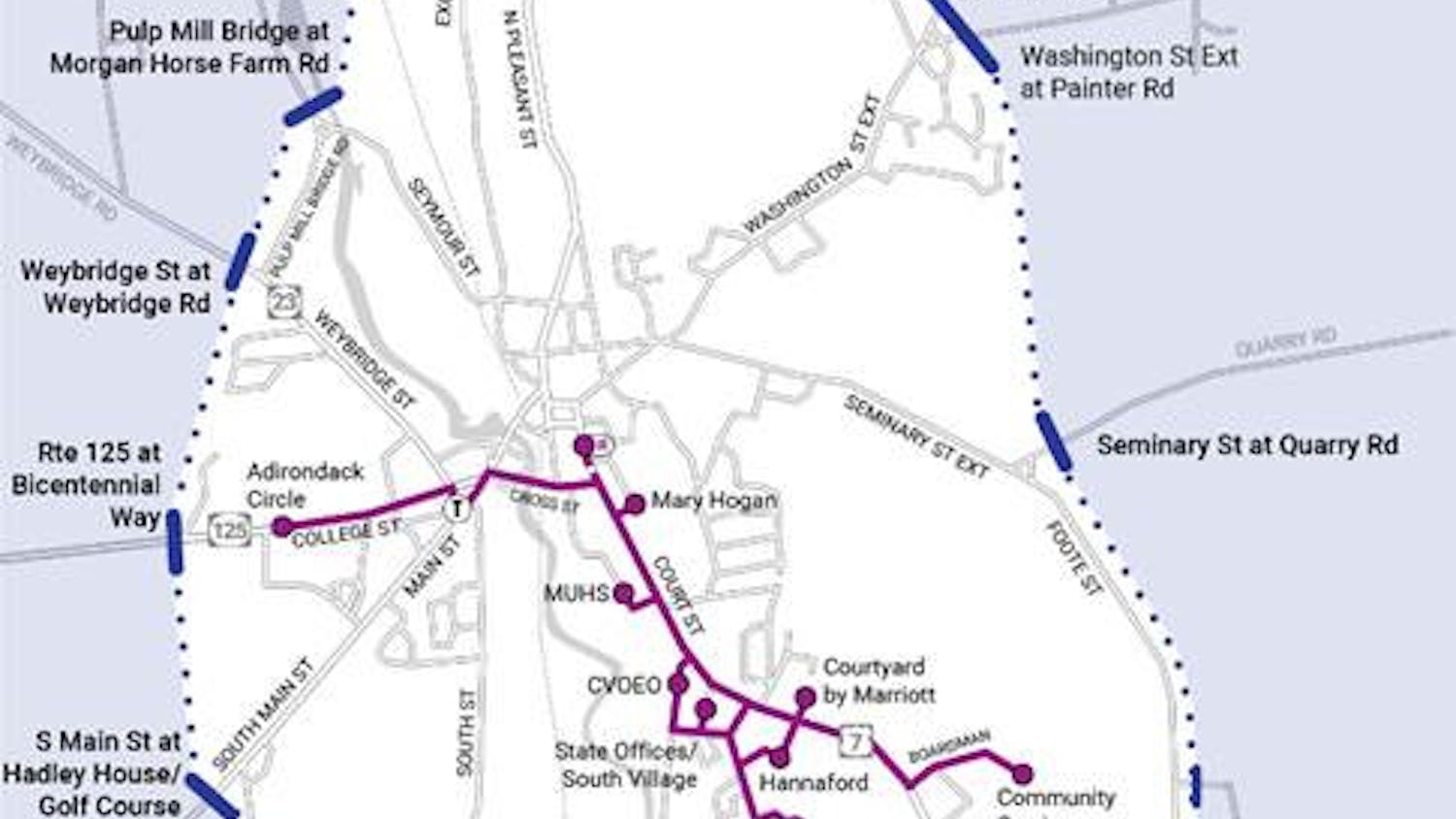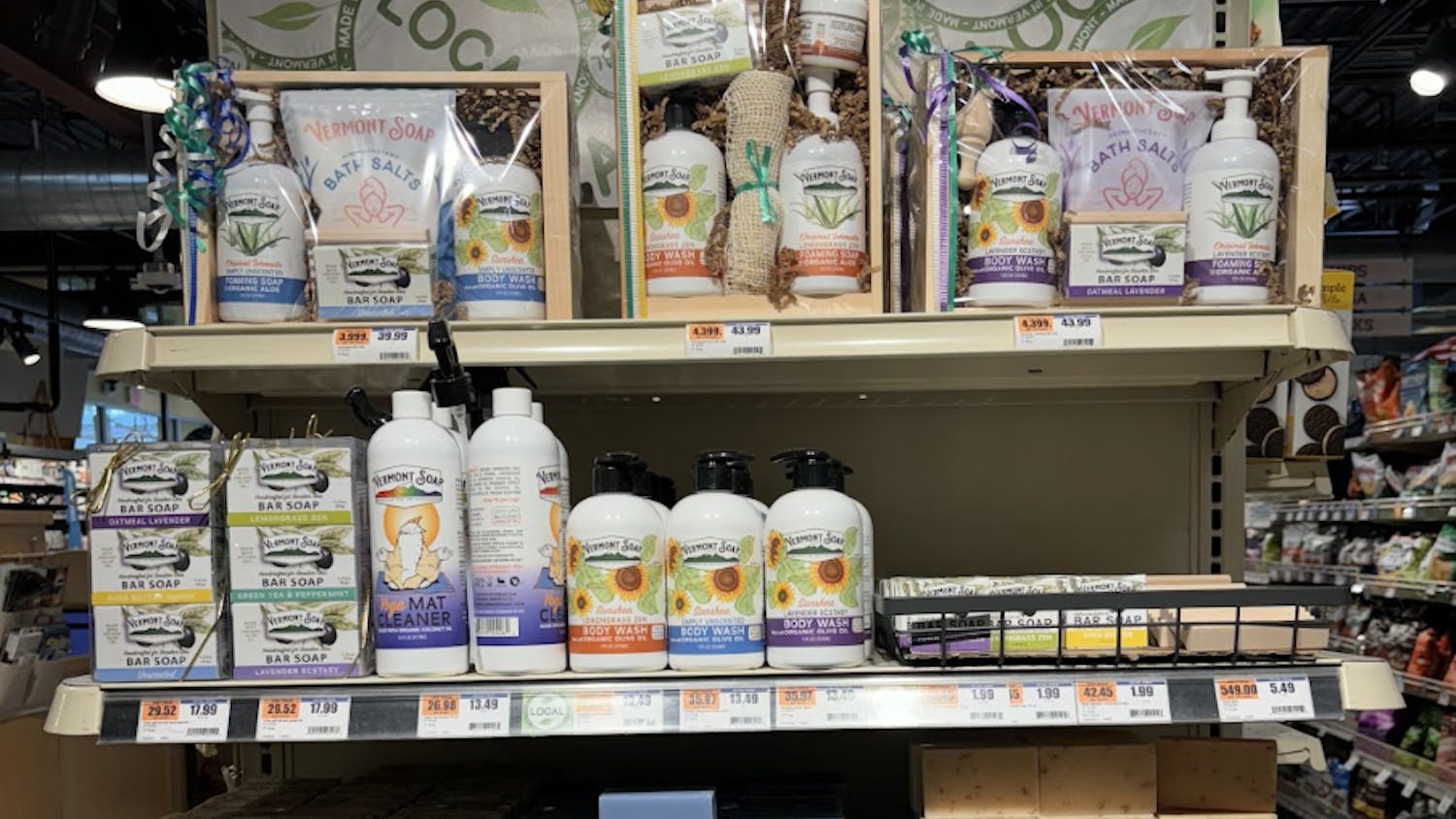Addison County is the leading county in the leading state for Covid-19 vaccination rates, with 81% of people having received their first dose of the vaccine in Addison County. In Vermont, 71.8% of the population has received at least one dose of the Covid-19 vaccine, according to data from the Centers for Disease Control and Prevention (CDC).
Massachusetts and New Hampshire follow Vermont in vaccination rates, with 62.8% and 60.1% of their respective populations having received their first dose. At the other extreme, Mississippi has the lowest vaccination rate (only 32.8% of their population has received their first dose), with Louisiana second-lowest and Alabama third-lowest, according to the CDC.
Infection rates in Vermont have plummeted 39% since April 1, according to a statement made by Mike Pieciak, commissioner of the Department of Financial Regulation, in a press conference last month. Deaths and hospitalizations related to the virus have also declined.
Ruth Hardy, a state senator from Addison County, credits the success to public health outreach, effective leadership, vaccination site accessibility and — most importantly — public trust and engagement.
“I hope some of Vermont's success is replicable in larger states, but a lot of our state's success is due to years of building public trust through trusted public health education, accessible public officials and engaged citizens,” Hardy said.
Professor Benjamin Lee from the Department of Pediatrics at UVM also highlighted the importance of trust for the high vaccination rate. “I think [our success] was due to a combination of effective leadership, particularly early on in the pandemic, which engendered trust in our leadership, along with [a] very real sense of duty that many Vermonters felt that this would require work and sacrifice from all of us,” he said.
Benjy Renton ’21, who has researched and reported extensively on Covid-19, cited Vermont’s tendency toward progressive politics and the relative ease of distributing doses in a state with a small population as factors that have contributed to its high vaccination rate.
“Unfortunately, vaccinations have been quite divided on political lines, and Vermont has been one of the more liberal states,” Renton said. “So, I think we’ve benefited from that.”
Renton cites vaccination rates for the over-65 population which, at 97%, are particularly promising.
BIPOC Community and Vaccine Hesitancy
Renton believes that age and race are two important indexes for the vaccination rate of physically vulnerable and historically marginalized communities.
When it comes to the BIPOC community, there are still significant disparities in vaccination numbers. According to Vermont Department of Health’s data, Vermont’s BIPOC population’s vaccination rate at 60% still lags behind the 65.9% vaccination rate of its non-Hispanic white population.
“These inequities are still present in the vaccination process, but Vermont, in particular, has done a really good job in closing those gaps compared to the other states,” Renton said. He believes that this progress is largely the result of equitable public health outreach programs, especially those that specifically target BIPOC communities, as well as giving BIPOC individuals priority in vaccination registration.
“I think there is this narrative that minor populations are more hesitant to get the vaccine, and I think in some places that is true. But a lot of it comes down to lack of access and the information they need to get vaccinated,” Renton said. “So, providing that information is essential in boosting the minority vaccination rates.”
Apart from disparities in vaccination rate in marginalized communities, Lee also identified vaccine hesitancy as another major concern.
“Incredibly, we are already at a point where supply is exceeding demand. [So] we have to do a better job helping the vaccine hesitant become vaccine proponents,” Lee said. “There is a risk that if vaccination rates decline too much and transmission rates stay elevated, there will be new surges [of cases].”
Looking Ahead: Vaccinating School Children
As the state takes its next steps in its vaccine rollout plan, the vaccine eligible population has now been expanded to 12 to 15 year olds.
“At this point, our efforts will need to be shifting to parent education and outreach [and] vaccination sites accessible to kids,” Hardy said.
Lee believes that vaccine hesitancy in parents is a major risk in the upcoming stage.
“There are indications nationally that vaccine uptake in children due to hesitant parents may also be a significant challenge as vaccines roll out in younger age groups,” Lee said. “In my mind, the worst possible outcome would be if we fail to make schools a safe environment for our children come fall.”
Looking at a more long-term vaccination plan, Lee also advocates more integration between the vaccination process and the inherent public health care system.
“It will be important to begin the transition to include primary care offices in the vaccine roll-out, particularly if in the future booster doses become necessary,” Lee said. “I can’t imagine that doing that strictly through mass vaccination sites would be appealing.”

Florence Wu '22 is the multimedia editor specializing in photojournalism. She enjoys photography as a way of connecting with others, as well as recording special events and moments in her personal life. She is inspired by the works of Robert Frank, Joel Sternfeld, Alec Soth, Teju Cole, and Gregory Halpern. This year, she will be working on a photojournalism project on the lives of workers at the college and town of Middlebury. Feel free to contact her via email for photo, video or podcast ideas.



